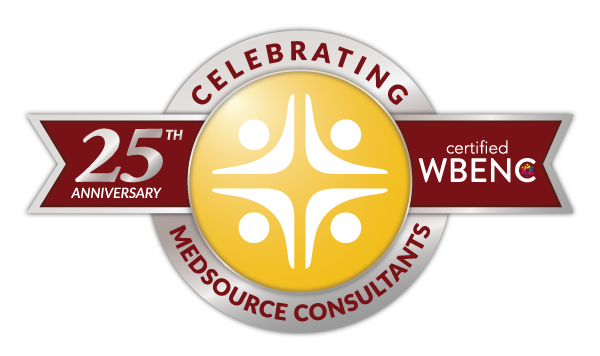Strategies for Paying off Medical School Debt
Dawn Pascale

The average doctor is up to his or her stethoscope in debt. The American Association of Medical Colleges (AAMC) says three-quarters of all graduating doctors have student loan debt on average of $196,520. The problem is so acute that the American College of Physicians (ACP) testified before Congress this year suggesting the debt is keeping good students away from the profession at a time when we need every doctor and nurse we can get to keep up with the demand for services.
If you’re considering medical school, there has never been a better time to find a job; the demand is increasingly high. But if you’re graduating soon, debt has likely accumulated, creating worries for the future. This article will give you some strategies for paying off medical school debt, no matter your situation.
Best Practice Debt Relief for Med School
Leaving medical school with a debt burden only adds to the career stress you experience as a new doctor. Here are six strategies to help mitigate this debt—and your stress.
Do not defer the debt during your residency.
Federal student loans can be deferred during this time. Deferring your payments during residency training means that the interest accruing on the original debt will grow. While deferring the loan during the residency will probably lower your stress during a crucial part of your training, the pain and suffering will pile up and hit you hard later on. On the flip side, you simply may not be able to make payments on the residency salary, which is usually much lower than your final compensation. No matter what, certainly never default on your loans.
Select an income-driven repayment plan for your federal student loan.
There are several options that will set your payment to match your income. For example, the Revised Pay As You Earn (REPAYE) plan will cap your required payments at 10% of your discretionary income. REPAYE even offers a subsidy from the government to help with the interest rate and save you big money over the years you’ll likely be paying the loan back.
Pay extra on your loan.
This is just debt management 101. Making even one extra payment a year on your student loan both shortens your repayment time and lessens the amount of interest you pay.
Keep your living expenses low.
If you’ve been scrimping during medical school and residency and land a solid six-figure clinical job, it might be tempting to splurge. Instead, try to continue to live like a resident, keeping your expenses low and focusing instead on paying off debt. You can still start a family or other life goal; just be cautious about spending for a few years until you get a handle on your debt.
Use your physician signing bonus for your debt.
Negotiate loan forgiveness as a part of your contract. The latest data shows about 80% of doctors receive a signing bonus, with an average amount of around $34,000. That is a big chunk of cash to make a dent in your debt immediately.
Have the government pay off your debt
Public Service Loan Forgiveness offers student loan forgiveness after 10 years for physicians working for public service employers. Many physicians might qualify for PSLF if they work in a public or non-profit hospital, academia, the public health sector or the military. State and federal programs, particularly in rural areas, will wipe out debt, with varying caps on the amount of time devoted and loan forgiven. A good recruiter can help you find these state and federally funded opportunities.
Another tip for reducing debt fast is to talk to the recruitment experts at MedSource Consultants today to find the best paying opportunities in the nation. We can help you normalize your expenses and help you kickstart the perfect work-life balance.

